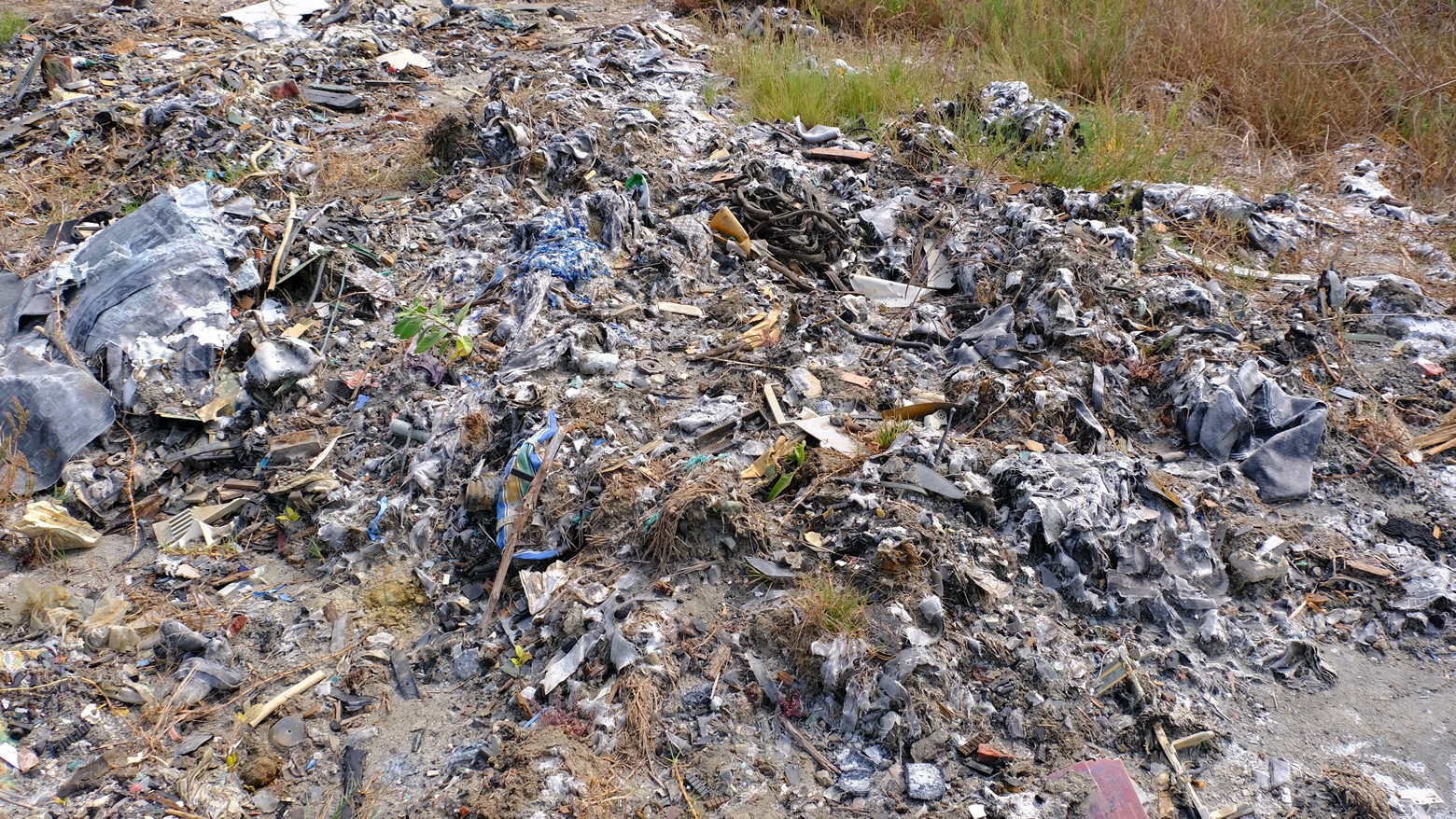
Taiwan also has its own “Heilongjiang,” which is the Erren River.
Among the rivers of Taiwan, Erren River has been infamous because the river was ranked first almost every year in all the river pollution rankings before 2015. The estuary of Erren River is also the starting point for the environmental protection efforts of Huang Huan-Zhang, winner of the 2021 Taiwan Environmental Protection Lifetime Achievement Award. Twenty five years ago, in order to capture the beautiful sunset, he followed the setting sun to Erren River and found a shocking sight of dead fish stretching upstream for three kilometers from the estuary.
How did this shocking sight occur? The reason for the mass death is that starting in the 1960s, especially in the bay area, Tainan began accepting and processing a lot of the electronic waste from around the world. Nearly all the households in Tainan began investing in waste metals and smelting, leading to the melting of cables and washing of waste metals with strong acids twenty four hours a day to extract valuable metals such as gold and silver. The waste water containing the acid was discharged directly into the river. A garbage wall measuring three kilometers long and one story high appeared on both banks on the river and Erren River became infamous for heavy metal pollution in Taiwan.
In 2002, 100 percent of the creek section of the Erren River was heavily polluted. Few organisms lived in the river and waste metals covered both banks. After clean-up efforts were conducted, only 19 percent of the river was classified as heavily polluted in 2017. In 2019, after the water quality was improved, species of fish, crab, and shrimp began to return to the river. However, there is still electronic waste on the river banks waiting to be cleaned up.
This episode invites Assistant Professor Huang Huan-Zhang of the Department of Nursing, Chung Hwa University of Medical Technology, to take us on a tour of Erren River and to help us understand the history of Erren River.
(Article: Chu Wei-Jun (reporter of the Taiwan Environmental Information Center); illustration: Ling Li-Chi; photo: Tseng Yi-Shou, NPUST Bird Ecology Lab. Authorized by the Taiwan Environmental Information Center for print)
Podcast on Demand



 中
中